Many of us wonder about the best way to feed our cat. Some of us will prefer dry food or wet food , others will opt for bi-nutrition , or "mixed" food . Here are 3 good reasons not to give ONLY kibble to your cat, and, on the contrary, to favor a portion of wet food (pate).

1. Do not only give your cat kibble, to meet its basic needs
Just a few years ago, our cats still lived mostly outdoors and their diet consisted mainly of small prey ( field mice, mice, lizards, birds, etc. ). Although our cats have evolved over the past few decades and now spend more time on our sofas than hunting for food, their basic needs have remained the same .
Respect the strict carnivore that he is
Our cats are what are called " strict " carnivores, this does not mean that they should only eat meat. The " all meat " diet is highly UNBALANCED, and the cause of many deficiencies.
Rather, it means that they cannot do without meat in their diet. It is in meat that they find proteins and 11 amino acids essential for their health ( leucine, isoleucine, valine, lysine, methionine, threonine, tryptophan, phenylalanine, histidine, arginine and taurine ).
While proteins and amino acids are key elements in our felines' diet, for a balanced diet, they also need to find lipids (essential fatty acids) , minerals (also called ash), vitamins and fiber in their diet .
While these macronutrients are essential for cats, carbohydrates, and in particular the starch found in them, are not essential. A cat that eats small prey does not eat any starch ( cereals, starchy foods, legumes ) and only a very small amount of carbohydrates ( found, for example, in the liver of herbivorous prey ).
Starch, essential for making kibble, but not essential in the cat's diet
The fact is that any kibble, good or bad, necessarily contains starch , in greater or lesser quantities ( at least 15% ). It is the starch that allows the kibble to have its own texture. Although practical and economical, kibble alone is not optimal in the cat's diet, since it provides a significant amount of starch and carbohydrates.
We can also talk about the case of “grain-free” kibble .
Grain-free doesn't mean carb-free!
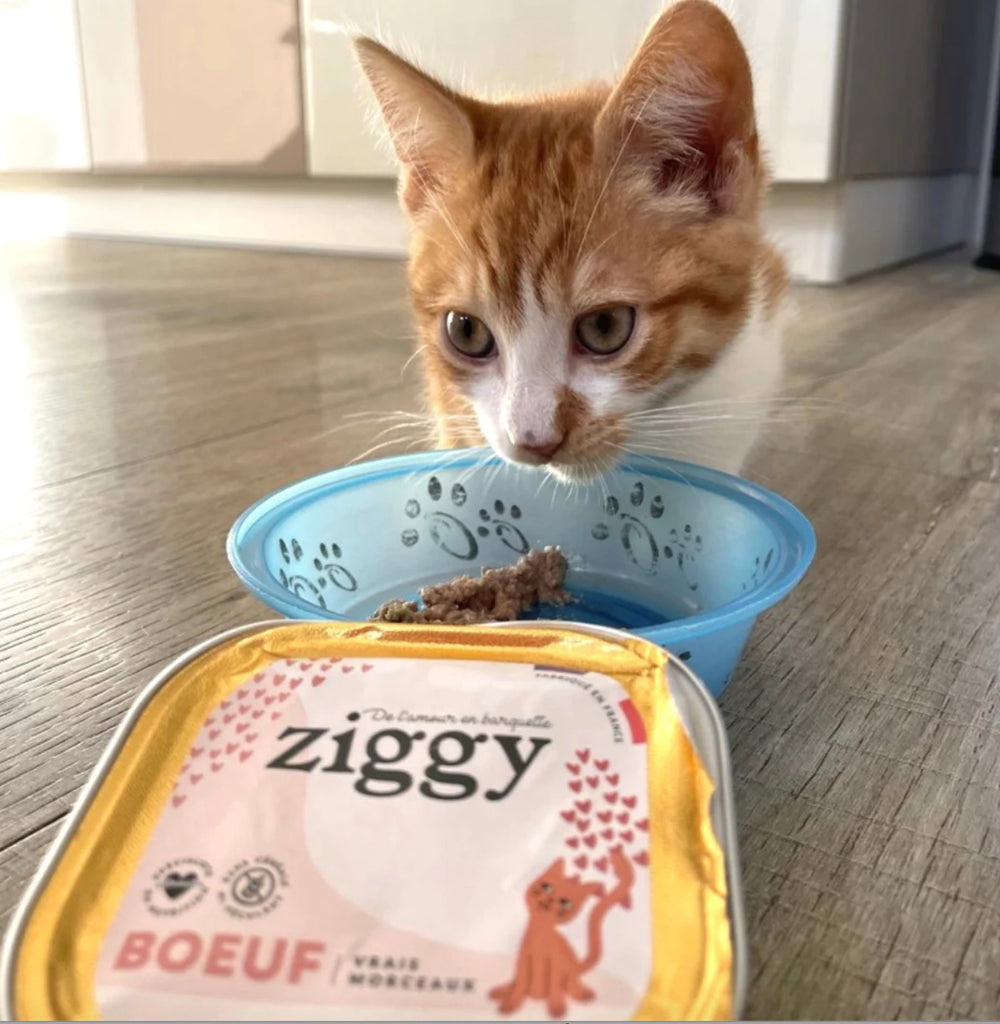
To replace cereals, manufacturers use other sources of starch such as tapioca, sweet potato, lentils or chickpea flour. Substitutes that can provide a lot of carbohydrates. Some kibbles can contain up to 50%, and thus be much more harmful than those containing a little wheat or rice.
You should especially be careful about the carbohydrate content of the kibble. At Ziggy, our kibble contains potato starch, but we favor gentle cooking to maintain a low glycemic index (GI).Our kibble for sterilized adult cats and kittens contains between 18% and 25% carbohydrates, maximum!
2. To avoid weight gain, without starving him
A mustachioed man fed mainly on cat food will have a low risk of being overweight and a virtually zero risk of suffering from obesity .
Weight for weight, kibble is much more caloric than pâté.
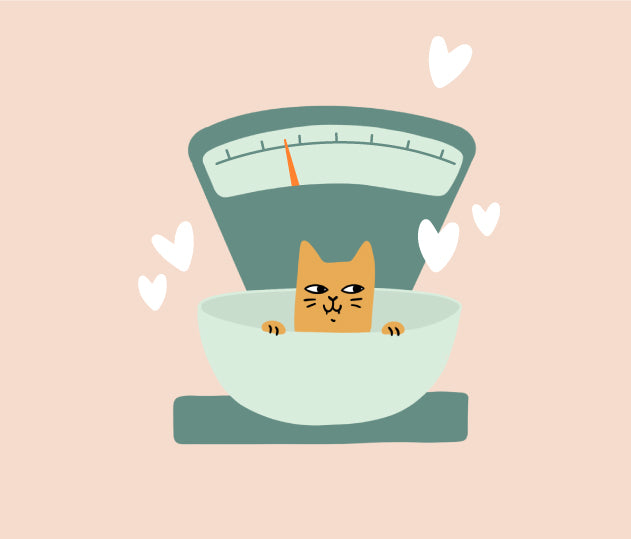
Indeed, kibble is a dehydrated food, and therefore very concentrated in calories: on average 4 Kcal per gram compared to 1 Kcal per gram for pâté . Our cats will therefore easily tend to overconsume calories and we will overdose their food.
It is particularly difficult for a sterilized and sedentary cat ( living indoors ) not to gain weight by eating only kibble. The caloric requirement of a neutered or sterilized cat is reduced by an average of 20% and that of a sedentary cat even more (in total, up to 40%). Our cats would therefore have to consume much fewer calories and therefore drastically reduce their quantity of kibble to prevent them from gaining weight; which could risk starving or frustrating them.
Wet food in this case, is particularly suitable for a sterilized "indoor" cat , since it allows it to consume a larger quantity of food without ingesting a large quantity of calories and therefore without gaining weight and without being hungry. The volume provided by the pâté allows our cats to be satiated for longer, compared to a diet exclusively based on kibble.
It is important to emphasize that obesity in our cats is not to be taken lightly since it promotes the appearance of many chronic diseases including diabetes , kidney failure or osteoarthritis.
3. To provide it with the hydration it needs
Our cats, these little drinkers
Originating from the desert, our cats mainly find their source of hydration in their diet . Even when we have the impression that our cats are hydrating themselves, using water fountains for example, they have difficulty meeting their water needs by consuming only kibble .
Prey consumed by our cats in the wild will contain on average 75% water, which is close to the humidity level of a pâté but is twelve times less important than the presence of water in a kibble ( 6% on average ).
Moisture against urinary disorders
Water is a nutrient that our cats cannot do without.
Consumed in sufficient quantity, it allows our cats' vital functions to function, but also to dilute their urine.
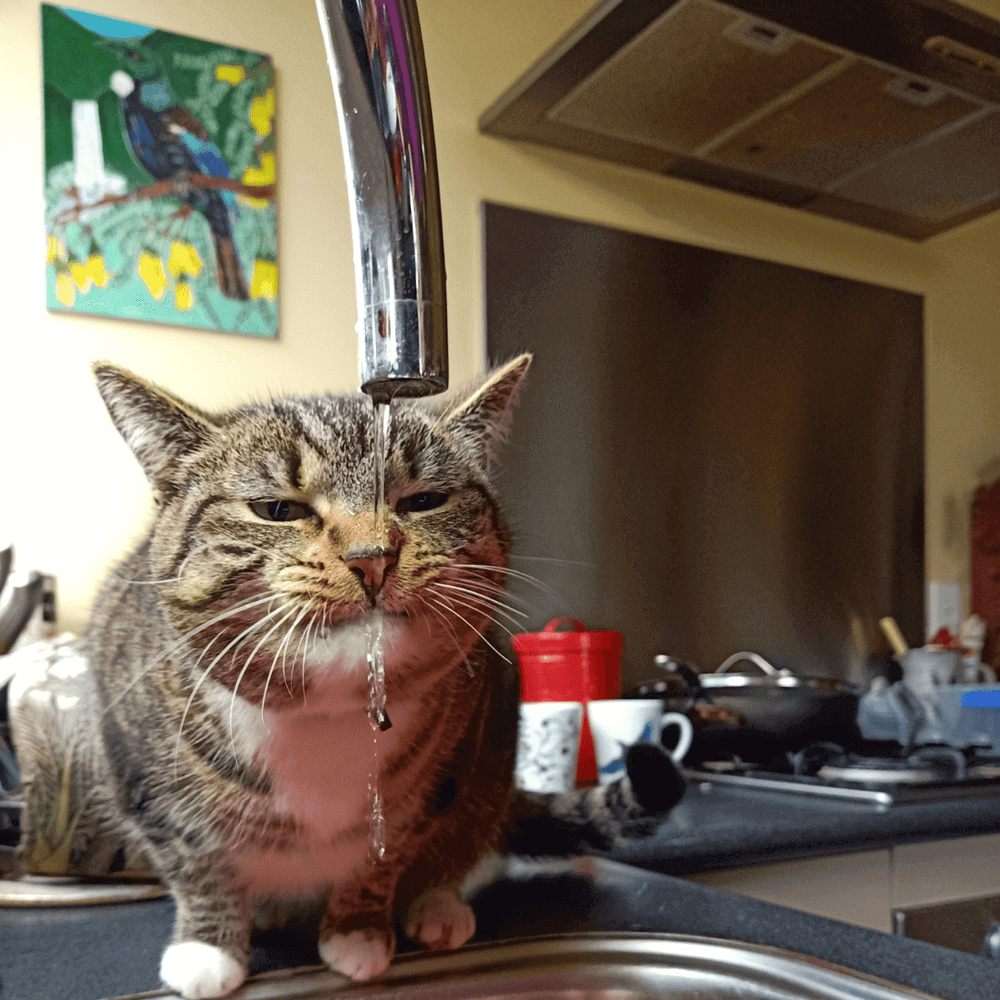
You will notice that a cat that consumes pâté urinates more, its urine is less concentrated and it therefore evacuates more easily the microbes or small crystals that may be found there. Good hydration is therefore one of the factors that undeniably helps to limit the risks of developing urinary and renal disorders ( cystitis , formation of crystals or stones). It is important to specify that in addition to being moist, the food must be balanced, particularly in minerals, to limit the appearance of lower urinary tract problems.
Bonus effect, science proves it to us: eating wet food and urinating more often increases the activity level of our felines, and more activity means a reduced risk of overweight and obesity. Ultimately, it's a virtuous circle !
In this video, veterinary doctor Géraldine Blanchard , a specialist in feline nutrition, tells you about all the benefits of pâté (click on the little pink link).
Croquettes or pâté, always choose quality
Finally, it is necessary to emphasize that the quality of the food is essential, whether it is dry food or wet food .
It is essential to favor a balanced diet in macro and micro nutrients, with quality proteins, little or no starch and carbohydrates and a minimum, if any, ingredient not essential to the health of your cat: sugars, colorings, preservatives or artificial flavors. So far, nothing very different from human food: the fewer ingredients there are and the more qualitative they are, the more we tend to favor a healthy diet.
Our pâtés are grain-free , and you won't find any legumes or tubers in them either. We have banned from our recipes MSM (Mechanically Separated Meat), animal waste (carcass, tendon, skin, etc.) and animal flours (blood meal, bone meal, feather meal, etc.) which are nevertheless found in a large number of foods on the market.
To find out more, don't hesitate to consult our article: what is the best pâté for your cat.
At Ziggy's, we feed our cats like we feed our family , with few ingredients, but always of high quality.
The guide to choosing the right kibble and pâté
To provide the best possible diet for your cat, we have prepared a complete guide for you. You will know absolutely everything about your companion's food: how to choose it well and, above all, how to avoid the pitfalls in order to offer your cat the best kibble and pâtés.



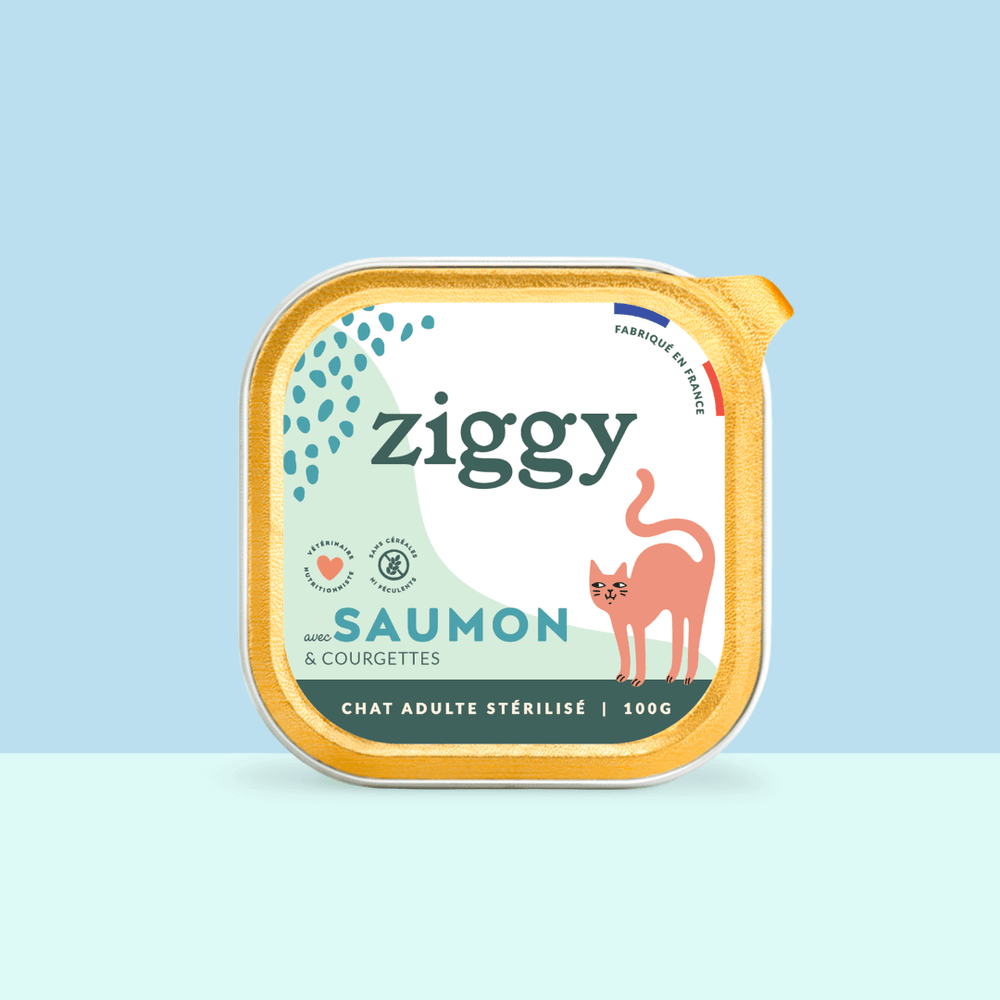
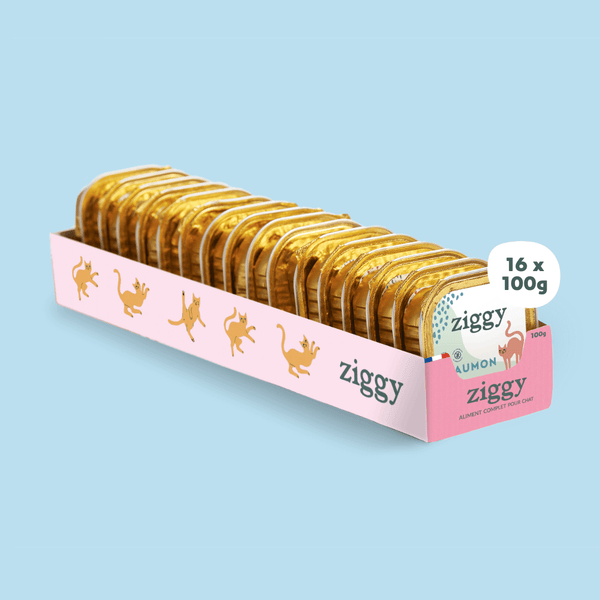





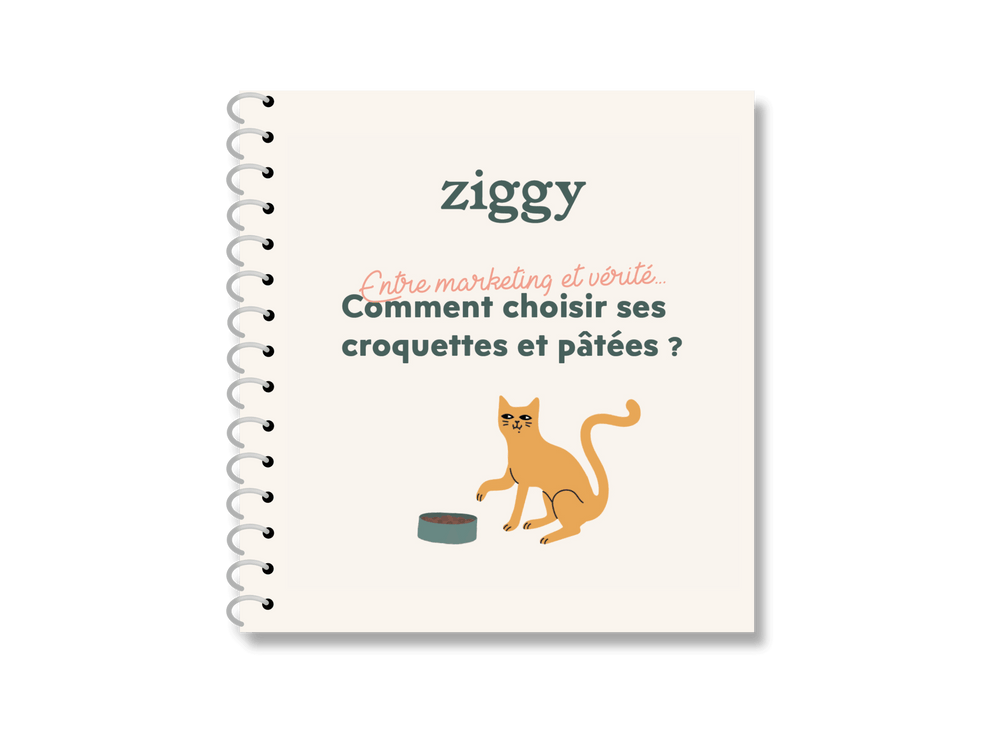
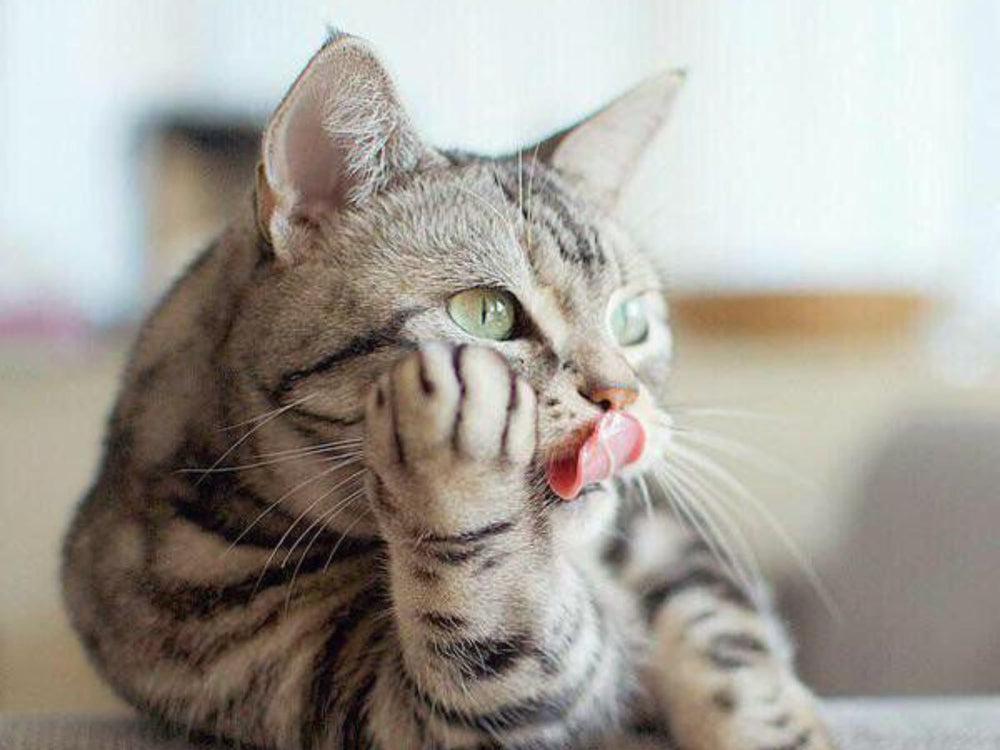
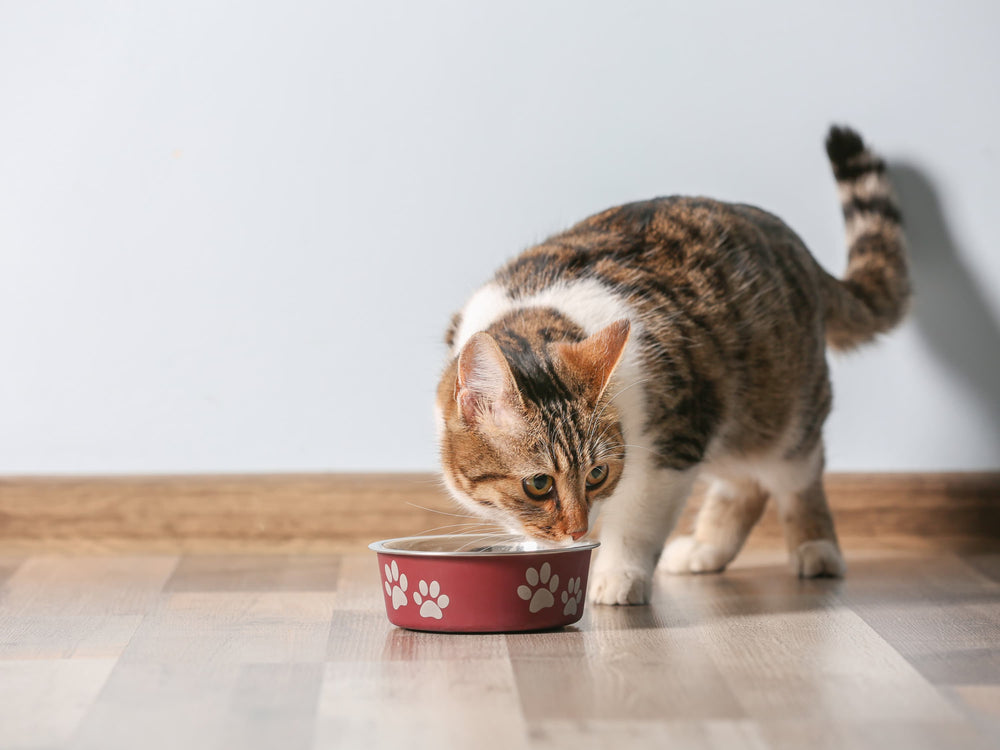
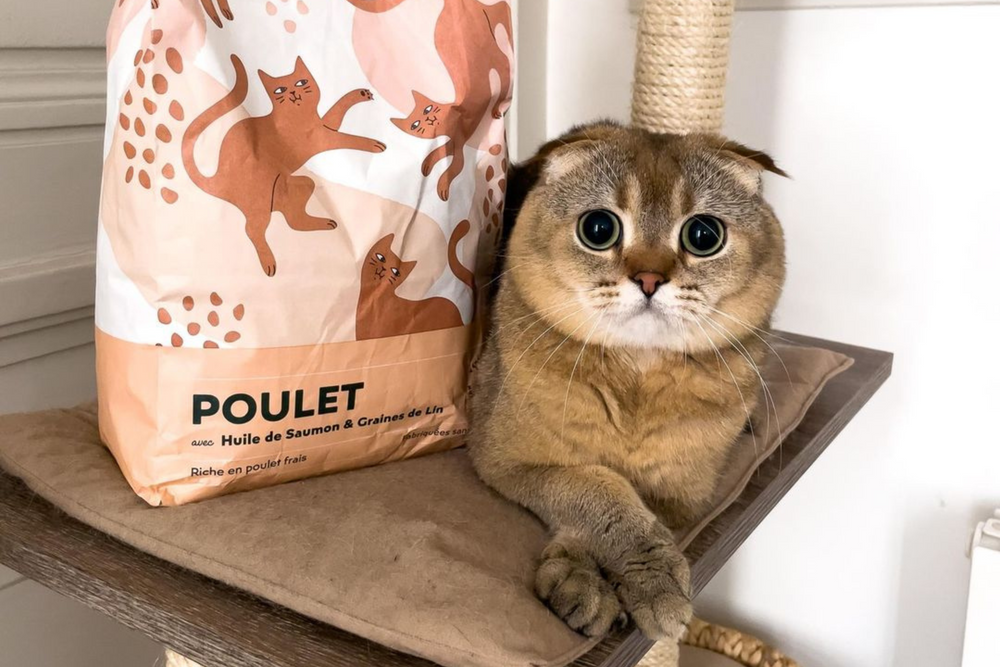
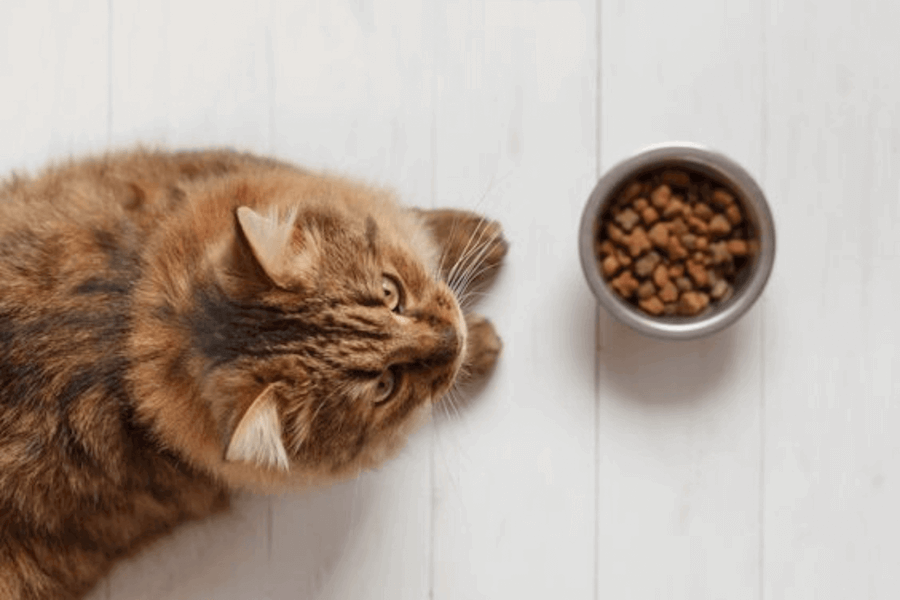
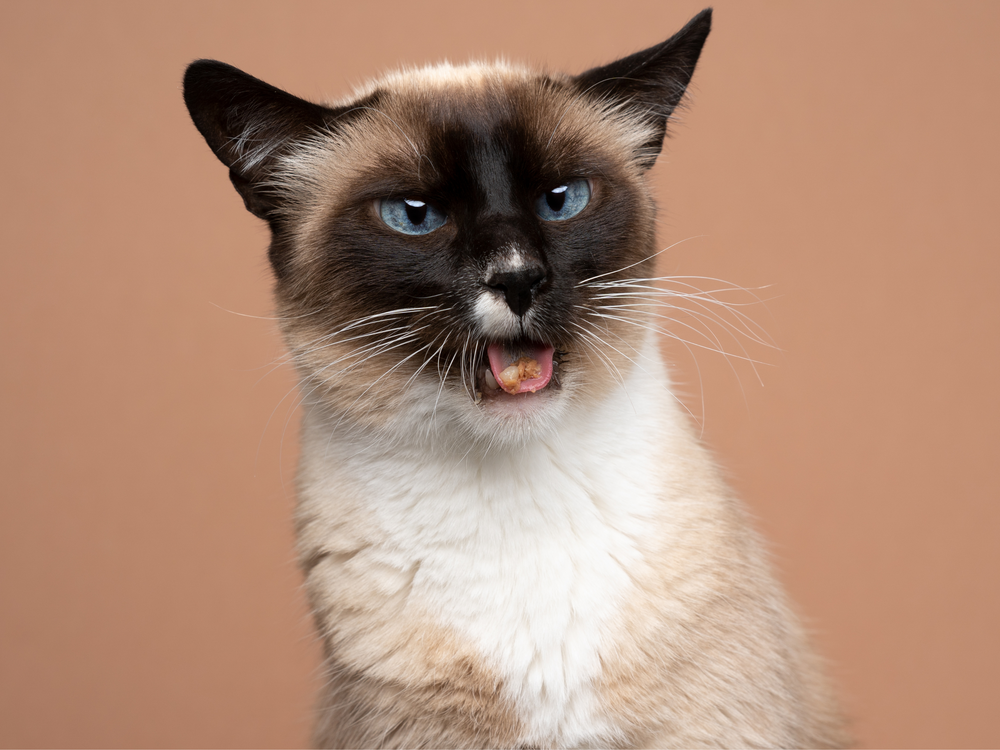
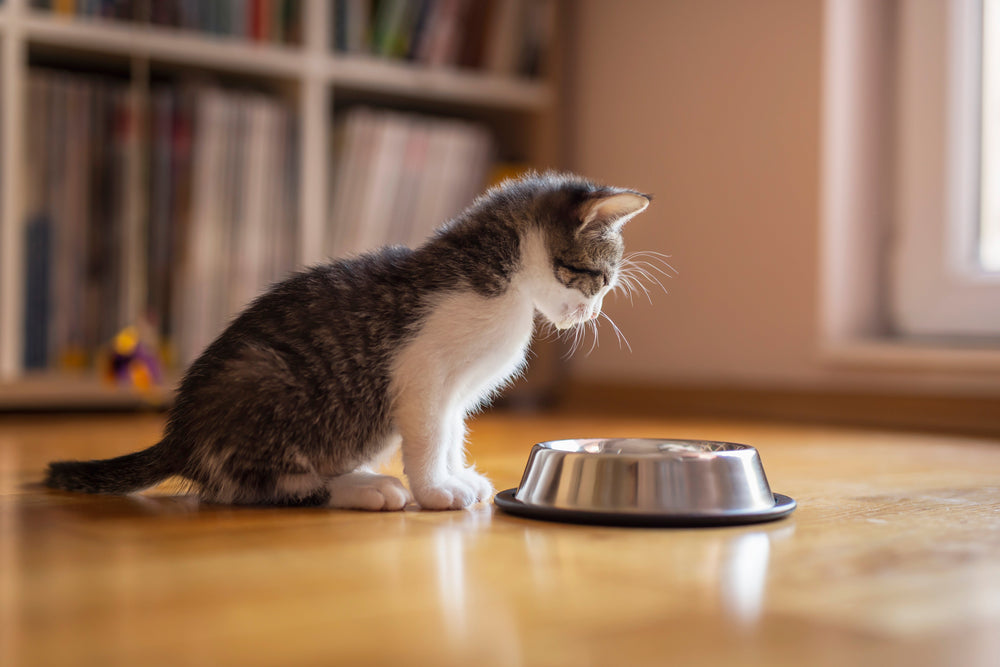
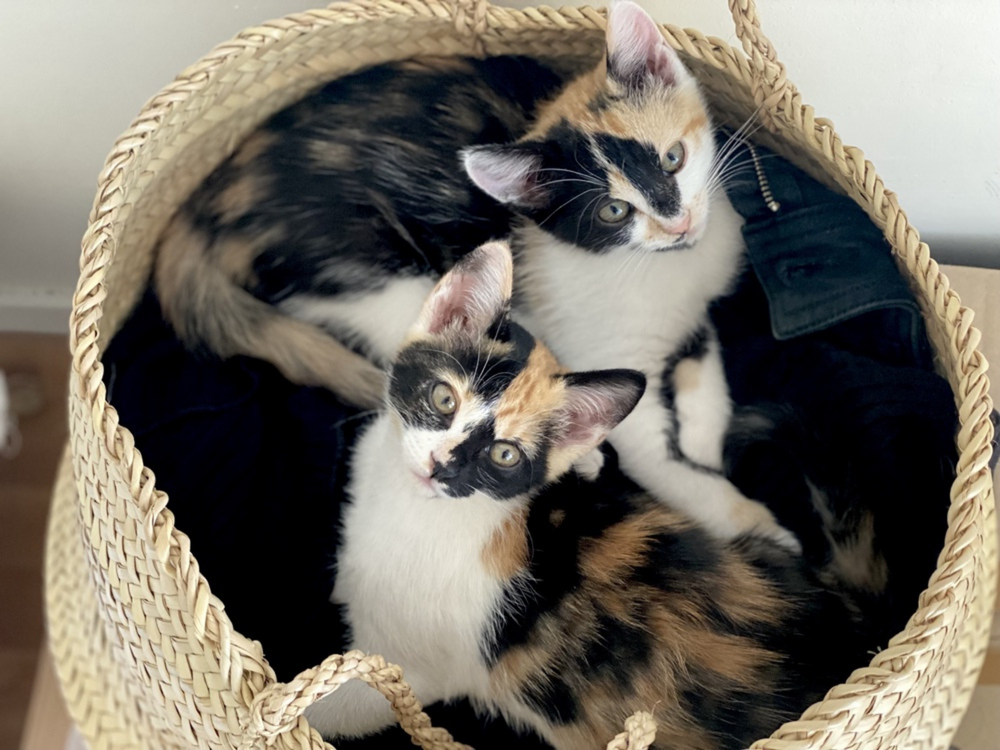
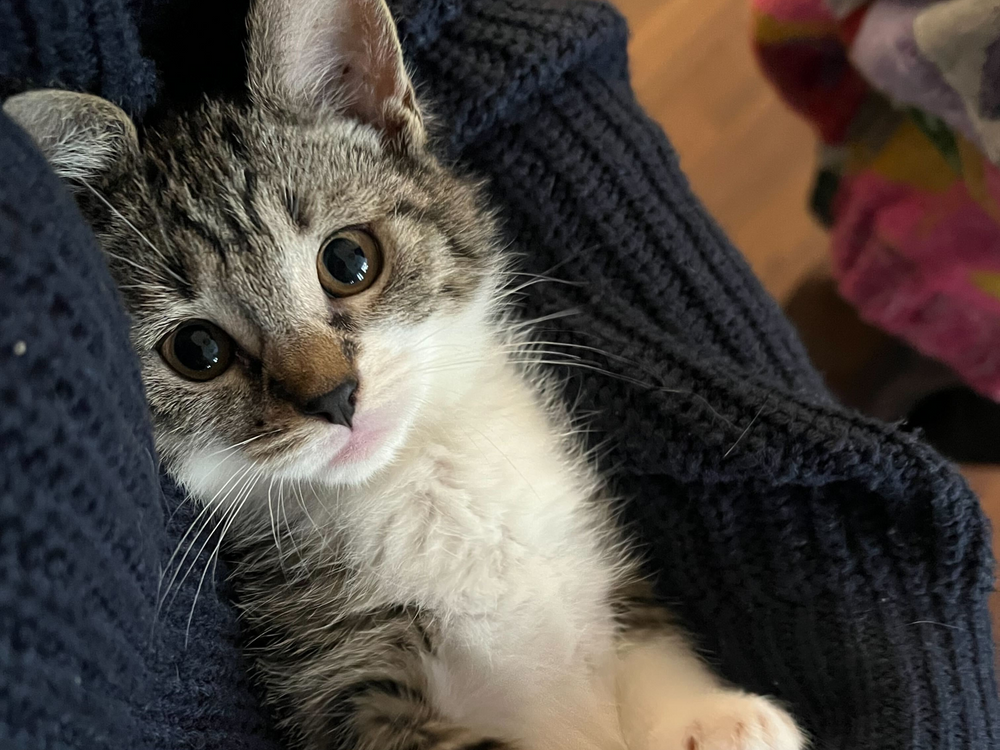
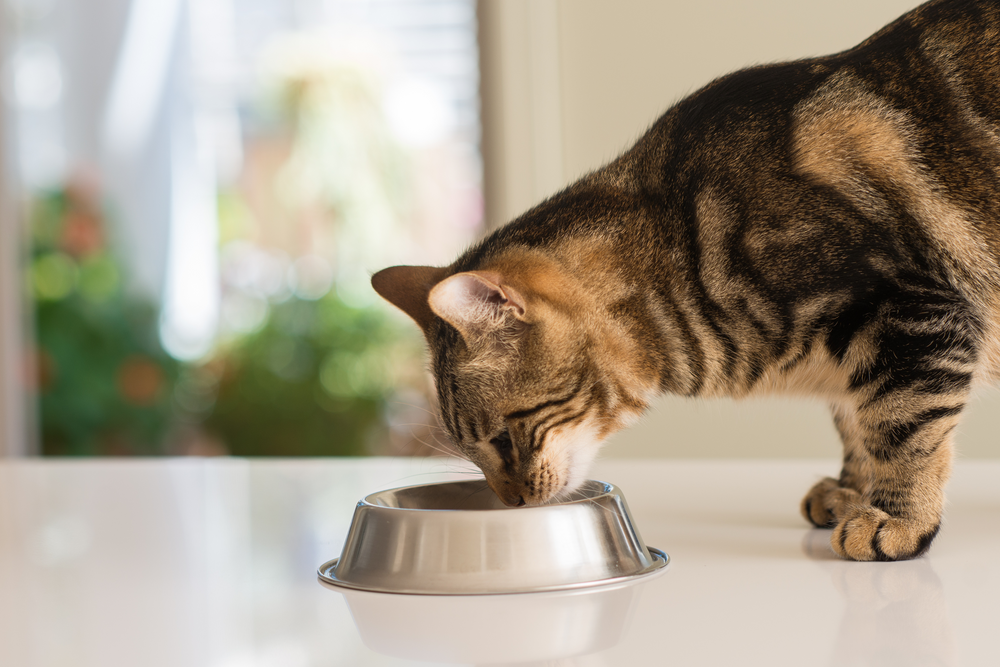
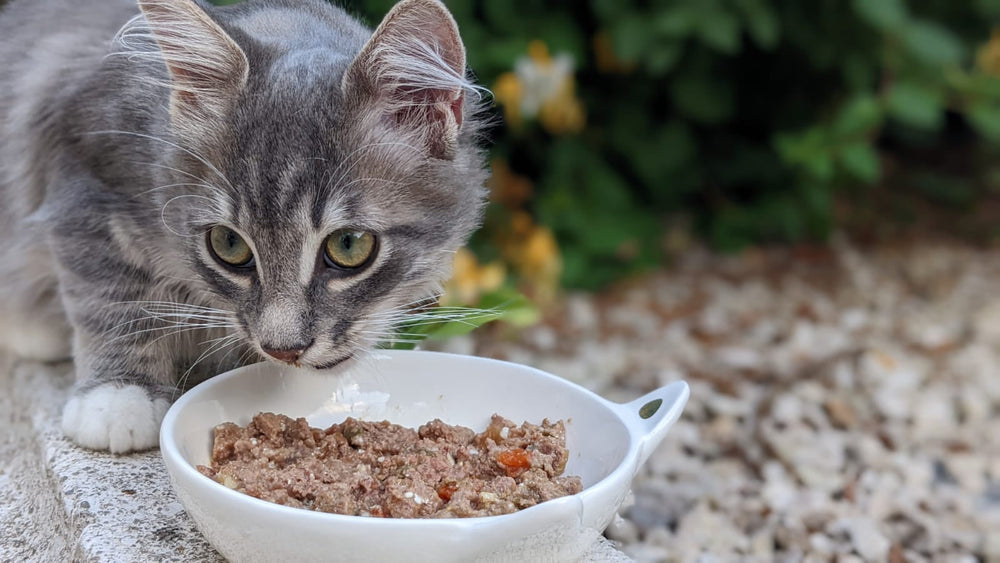
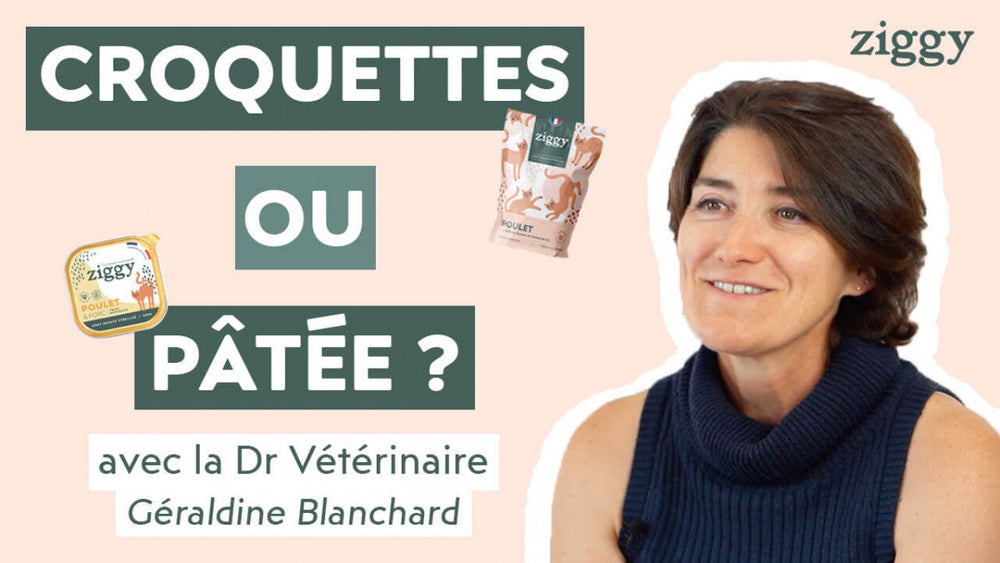


Bonjour,
Merci pour votre commentaire. 💛
Pour éviter de perturber son système digestif, on vous conseille d’effectuer une transition alimentaire. Celle-ci consiste à intégrer peu à peu sa nouvelle alimentation à son ancienne. On vous donne tous nos conseils sur la transition alimentaire dans notre guide disponible ici —> https://ziggyfamily.com/pages/guides-bien-etre-nutrition
Et pour l’accompagner mieux, vous pouvez aussi lui offrir nos probiotiques Ziggy Care, qui contribuent à favoriser le bien-être et l’équilibre intestinal de votre moustachu.
N’hésitez pas à nous écrire à hello@ziggyfamily.com si vous avez besoin d’un accompagnement.
Plein de caresses à votre petit chat. 😽
L’équipe Ziggy
Lors de mes premiers animaux je préparait leur nourriture après j vais commencé les payes en boites et pour finir les croquettes
Je viens d acquérir un sacré de Birmanie il a 4 mois son éleveuse lui donnait de la viande en sachet BARF ma. Vétérinaire m a dit que ce n était pas bon suite à des coliques avec des vétos cardiologue
Qu en pensez vous et comment faire pour changer son alimentation il mange aussi des croquettes mais pas beaucoup je ne voudrait pas qu il ai la diarrhée
D avance merci
Leave a comment